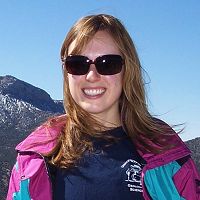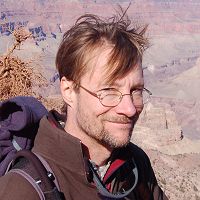Langston et al., 2015
Interpreting climate-modulated processes of terrace development along Colorado Front Range using a landscape evolution model
Langston, A.L., G.E. Tucker, R.S. Anderson (2015)
JGR-Earth Surface 120: 2121-2138
-
Boulder, GRAD STUDENT
-
Boulder, INVESTIGATOR
-
Boulder, INVESTIGATOR
Abstract
Flights of terraces that flank range fronts throughout the Rocky Mountains record episodic stream incision over the past 1.5 Ma. Studies dating terraces in the Denver Basin along the Colorado Front Range suggest that these high surfaces were formed during glacial intervals and were rapidly incised and abandoned during interglacials. Modulation of sediment supply or transport capacity associated with climate change related to glacial-interglacial cycles have been suggested as possible drivers for the repeated aggradation and abandonment of these high surfaces. Potential mechanisms for increasing sediment supply and transport in rivers include variations over time in sediment flux from intermittently glaciated major valleys, the efficiency of hillslope sediment transport, and the magnitude and timing of rainfall intensity and stream flow. In this study, we use a landscape evolution model to determine whether any of these processes, in isolation or in combination, is sufficient to explain the observed rates and patterns of terrace formation and abandonment along the Colorado piedmont. Cycles of channel aggradation and incision are apparent in the models when either mean rainfall intensity is varied or a glacial source of sediment is added. The models suggest that in the absence of a large addition of sediment to the streams, changes in stream power are necessary to allow channel aggradation and the planation of bedrock surfaces, and increased sediment flux from hillslopes is necessary to match observations of increased denudation rates that coincide with the deposition of terrace-capping gravels.
Citation
Langston, A.L., G.E. Tucker, R.S. Anderson (2015): Interpreting climate-modulated processes of terrace development along Colorado Front Range using a landscape evolution model. JGR-Earth Surface 120: 2121-2138. DOI: 10.1002/2014JF003403
 This Paper/Book acknowledges NSF CZO grant support.
This Paper/Book acknowledges NSF CZO grant support.
Explore Further



